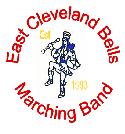|
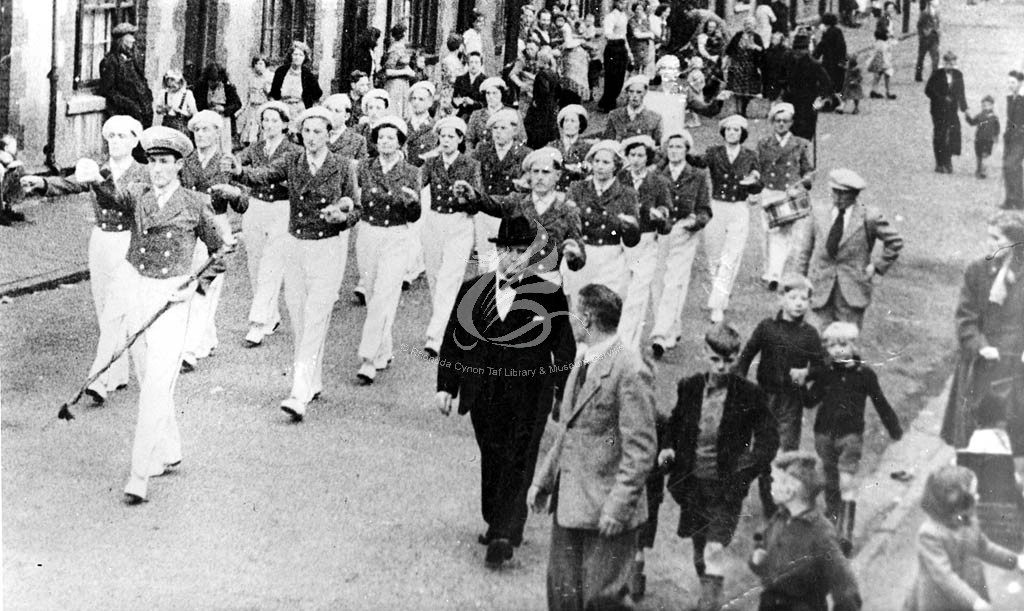
|
| Marching Jazz Band in 1926 |

|
| Marching Jazz Band in 1950 |

|
| Marching Band 1950 |
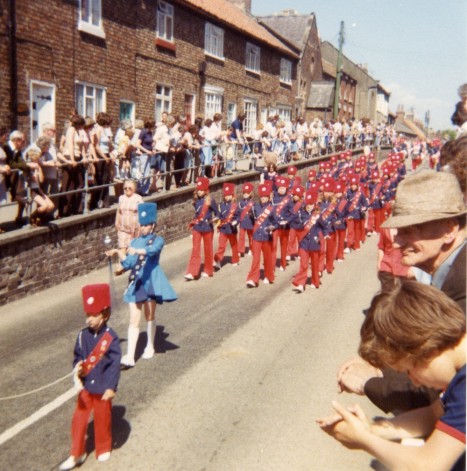
|
| Late 70's early 80's |
An ensemble of musicians that march in time to the music for entertainment at events and in parades,
often with brass, wind, and percussion instruments, drum majors and/or majorettes, and color guard
|
 |
 |
 |
Marching jazz bands became popular during the 1926 miners campaigns for better pay and conditions.
Although the bands didn't actually play jazz, they were inspired by the popular music of the first jazz
age, adapting the music for local need. Playing kazoos, drums, brass and any other portable instruments available, they were
a loud and visible means of raising funds for soup kitchens during the strike.
Women formed their own bands such as The Ladies Jazz Band from Abercynon. When not campaigning, bands competed
at competition,
Today, marching jazz bands are popular with youngsters and continue to be part of carnival entertainment
and local events.
DEFINITIONS
MARCHING
To walk
with regular steps keeping the body stiff, usually in a formal group of people who are all walking in the same way
JAZZ
Originally spelled
Jass this is an original American style of music that originated in New Orleans, LA. It grew from a combonation of types of
music including Blues, marching military style music, american folk, African styles and ragtime, a
type of modern music with a rhythm in which the strong notes are usually not on the beat
MARCHING BAND
Generally perform outdoors, and who incorporate movement, usually
some type of marching and other movements, with their musical performance
|
 |
 |
 |
|

|
| Marching Jazz Band in 1973 |
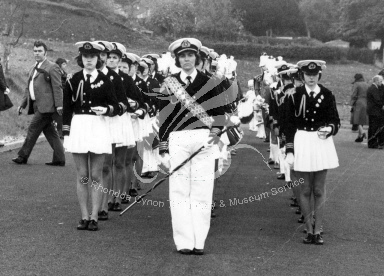
|
| Marching Jazz Band in 1973 |

|
| Marching Jazz Band in 1980 |
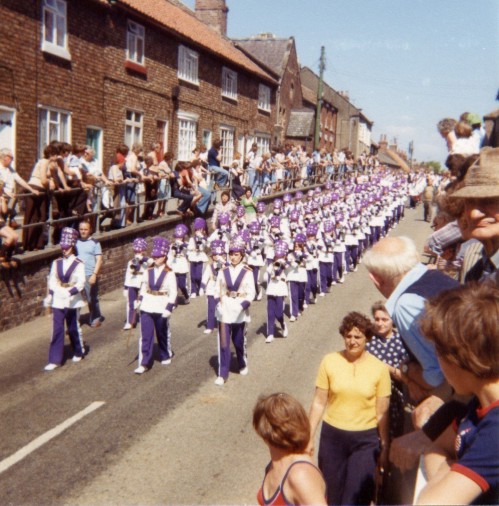
|
| Late 70's early 80's |
All marching bands use some kind of uniform, often of a military style, that include the school or organization's
name or symbol, shakos, pith helmets, feather plumes, gloves, and sometimes gountlets, shashes, and/or capes.
|
 |
|
|
|
